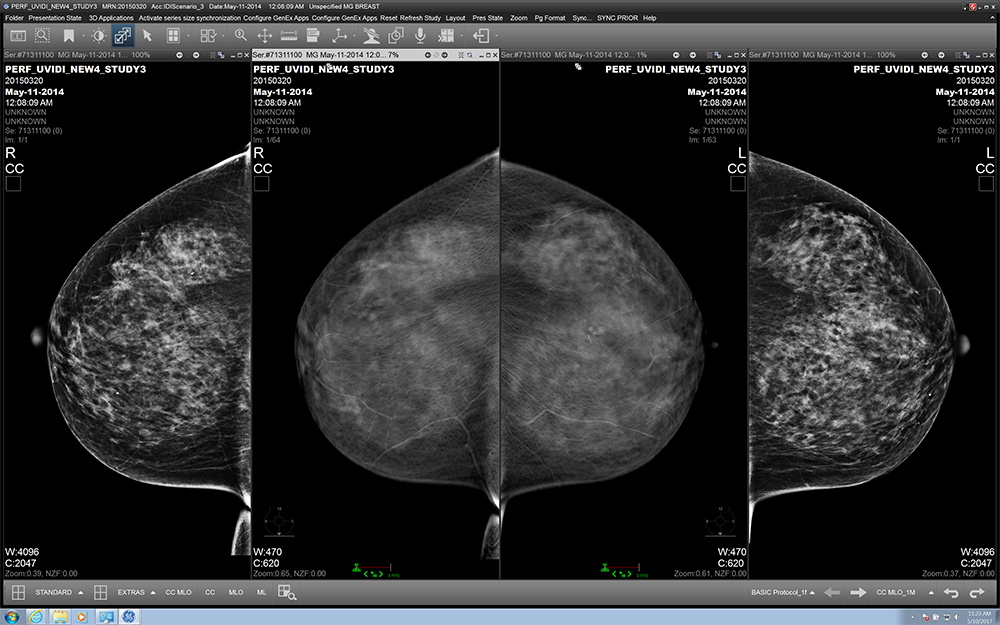Loading...
3D breast tomosynthesis is transforming mammography, but its adoption presents challenges—slower reading workflows, higher costs, and increased data complexity. To address this, our team aimed to integrate native tomosynthesis support into GE’s imaging platform, improving efficiency while maintaining clinical accuracy.
As the sole UX designer for this product, I led end-to-end design efforts, encompassing research, prototyping, and user testing while collaborating closely with business analysts and stakeholders. Through contextual inquiry, I observed radiologists in their work environment to uncover pain points, workflow inefficiencies, and challenges in adapting to existing tools.
To refine business requirements and align cross-functional teams, I created rapid prototypes, using them as a tool for stakeholder engagement, idea validation, and iterative design improvements. Testing methods included participatory design, guerrilla testing, card sorting, and time-to-locate studies, ensuring that the final solution was both intuitive and efficient.
By integrating user-centered design early and often, we shaped a workflow that minimized reading fatigue, reduced interpretation time, improved usability, and aligned with the broader GE imaging ecosystem while meeting clinical and operational needs.

























